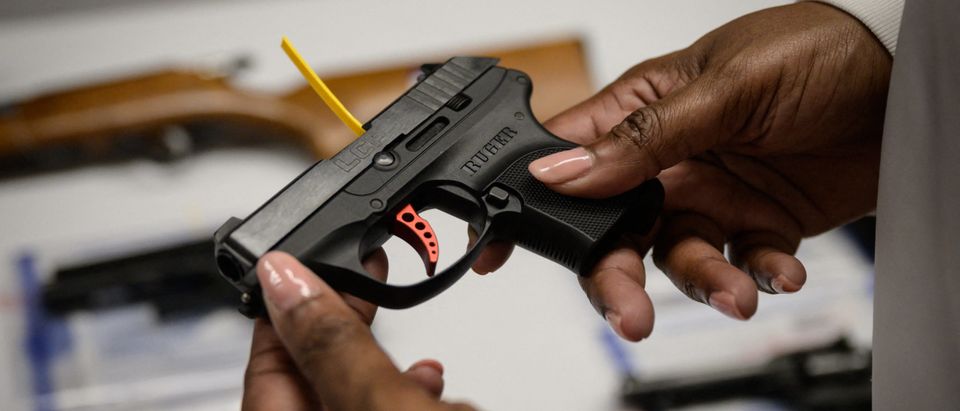By Sam Hoober
When you pick a gun or other gear, you want to select tools that will help you accomplish the tasks you might have to do with it. Therefore, consider those tasks carefully and therefore the tool you choose.
Guns are tools, so make sure you pick one that’s capable of what you mean to do with it.
It’s no secret that people who conceal and carry a gun tend to prefer compact, subcompact and micro size pistols for daily carry. I mean, DUH, why do you want to make things harder on yourself.
The EDC pistols du jour are the Sig P365 and the Springfield Armory Hellcat, though Smith and Wesson has thrown its hat in the ring with the Shield Plus and of course Ruger is now making the Max 9, essentially a double-stack LC9 with a bit of the Security 9 thrown in.
These differ from previous double-stack subcompacts, in that all use a half-staggered magazine to reduce width but still retain some capacity. Previous double-stack subbie autos have been short, fat and notoriously hard to shoot well.
We’re looking at you Glock 26!
The modern guns are great, but let’s throw a little cold water on here.
You see, one of the specific threats to the average Joe or Jane in the modern era is the “active shooter” or “mass shooter.” Granted, the risks are low; you literally have higher chances of winning the Powerball or being struck by lightning than being anywhere near one.
However, it is a known phenomenon and contrary to what CNN tells you, it is actually global in nature. Gun violence doesn’t only happen in the United States.
So, why does this matter in regard to handguns?
When you read reports of a mass shooter being successfully engaged by an armed citizen or by a police officer, what is fairly common is having to take a long-distance shot with a handgun or at least longer than typical pistol-shooting range.
For instance, the Fairchild Air Force Base shooting in 1994 was resolved when MP Andy Brown fired his sidearm – A Beretta M9 – at the shooter, hitting him with two out of four shots from 80 yards.
A 2012 shooting incident that resulted in two killed at the Peach House RV Park in Early, Texas was concluded when the shooter took fire from resident Vic Stacy. Stacy fired from about 100 yards away with a Colt Python.
A 2014 mass shooting in Austin, Texas was stopped when a Mounted Patrol officer made a 100-yard shot – one-handed – with his service pistol, presumably a Glock 22 and hit the perpetrator center-chest.
In all examples, the suspect was armed with a rifle.
And herein lies the rub: if you carry a gun for your own defense, this is a scenario you may have to be prepared to deal with. You may be the only person with a gun, and you might be the next person in their sights if you happen to be somewhere a mass shooting occurs.
If you’re concerned with the possibility of a mass shooter, one of the things you have to be aware of is that you might have to make that 50-yard, 80-yard or even 100-yard shot.
What does this mean in terms of equipment?
Well, the shorter the sight radius, the more difficult it is to place accurate shots at longer distance. Elmer Keith might have made a 600-yard shot on a deer, but he was doing it with a Model 29 and had to walk the shot onto the buck.
Combat-style sights also don’t allow for the greatest amount of precision.
In other words, subcompact and micro pistols are going to be very hard to use well in this scenario. A gun with a 4-inch or longer barrel is going to be a bit easier.
Is this to say that only a service-size gun is fit to carry? No.
Is this to say that you can’t practice up and learn to hit with a S&W Shield or Sig P365 at 50 yards or more? Of course not.
This is more to say that you want to really think about what your role as an armed citizen is all about.
You might decide that you’re going to be running for the exits if a mass shooting starts wherever you’re located. You might also decide you want to be able to confront any threat, but that you have to be completely out of options before you do.
That all is up to you.
From there, you choose the gun, holster, accessories and set your training priorities. Mindset and ability have a lot more to do with self-defense than equipment; all equipment does is make certain things easier or harder.
You want to set yourself up for success in whatever you do, so these are good things to think about.
Sam Hoober is a hunter and shooter based in the Inland Northwest.


